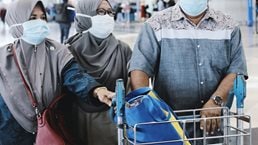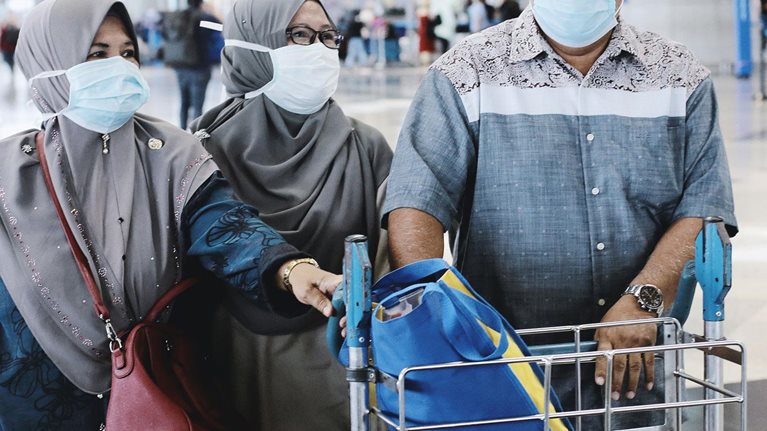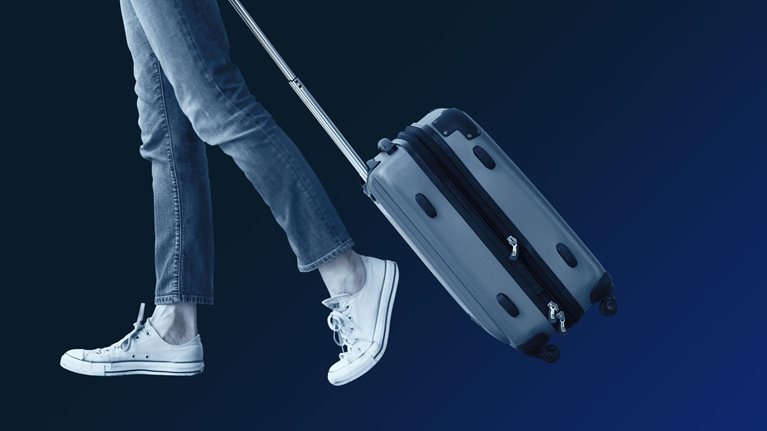
1. Address traveler concerns
While post-COVID-19 tourism recovery will be primarily driven by the strength of the economic recovery, five key drivers are likely to impact the recovery trajectory (Exhibit 1). Managing those concerns is key to driving a turnaround in tourism.

2. The recovery could be slow
An optimistic recovery scenario, combining rapid virus containment and rebounding economies, will see recovery to 85 percent of 2019 volumes in by 2021 and a full recovery by 2023 (Exhibit 2). Under a pessimistic recovery scenario, 2021 levels can be as low as 60 percent of 2019, further postponing the recovery.

Would you like to learn more about our Travel, Logistics & Transport Infrastructure Practice?
3. Domestic tourism will likely recover faster
Domestic tourism will return to precrisis levels around one to two years earlier than outbound travel. Multiple factors drive this: fewer restrictions for travel within own country, more substitution options for nonair-based travel (such as cars and trains), anxiety, and a larger share of business travel. In addition, domestic travel is expected to recover faster than hotel as we see a substitution toward vacation rentals and friends and family in certain markets.
4. Recovery speeds will vary across markets
Impact will likely vary across countries, with fast recoverees supported by robust domestic0tourism sectors and high-quality networks of land transport (Exhibit 3).


Reimagining the $9 trillion tourism economy—what will it take?
5. Dependence on domestic travel and nonair travel will likely determine recovery
Before the crisis, different markets had different dependencies on domestic tourism and air traffic (Exhibit 4). This structure drives the recovery speeds as cross-country restrictions and safety concerns are determining air traffic.

Structural and macroeconomic factors will continue to determine tourism recovery. Meanwhile, industry leaders can seek to improve their rate of recovery through a variety of measures including improving perception of air-travel safety, actively promoting domestic destinations, and ensuring government and insurance policies guarantee access to healthcare—even away from home.




